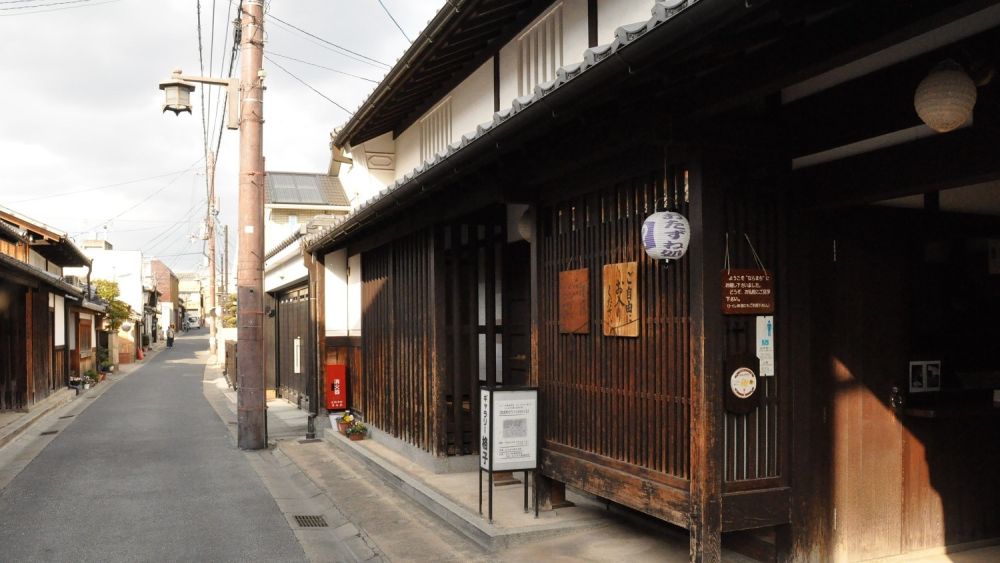

The history of tourism in Naramachi, the historic merchant district in the heart of Nara, Japan, is intrinsically linked to the broader narrative of Nara's evolution as a cultural and historical epicenter. As the first permanent capital of Japan from 710 to 794 AD, Nara is home to some of Japan's oldest and most significant temples and shrines, which have attracted pilgrims and travelers for centuries.
In the Edo period (1603-1868), Naramachi flourished as a commercial area due to its proximity to the Kofuku-ji Temple. Merchants and craftsmen set up shops, and the district's unique Naramachi machiya, traditional merchant houses, began to take shape. These buildings, characterized by their narrow facades and deep interiors, became an iconic feature of the landscape.
Tourism in Naramachi started modestly, with most early travelers being domestic pilgrims and scholars intrigued by Nara's rich history. As awareness of Japan's cultural heritage grew during the Meiji Restoration in the late 19th century, more attention was given to conservation efforts, and Naramachi's historical importance was more widely recognized.
The 20th century saw Naramachi's evolution into a bona fide tourist destination. The designation of several Nara sites as UNESCO World Heritage Sites, including the nearby 'Historic Monuments of Ancient Nara', greatly increased international tourism to Naramachi in the late 20th century.
The restoration projects that started in the late 1900s aimed to preserve the area's cultural legacy, ensuring the maintenance of traditional machiya houses and the survival of the district's unique historical essence. This preservation work itself became a draw for tourists, who were eager to experience the authentic atmosphere of old Nara.
In recent years, Naramachi has embraced a more interactive approach to tourism. Visitors are not only sightseers but also active participants in the area's living history. They can engage in a variety of hands-on activities, such as traditional crafts workshops, kimono fittings, and even the preparation of local cuisine.
Sustainable tourism has also become a focus, with efforts in place to balance visitor numbers with preservation. Local businesses now tend to favor quality over quantity, offering personalized and authentic experiences that allow for a deeper connection with the area's history and culture.
Technology has further transformed tourism in Naramachi. Interactive maps and smartphone apps provide rich multimedia guides, combining the timeless allure of the district's historical sites with cutting-edge convenience.
Tourism in Naramachi, Nara, Japan has come a long way from its roots as a pilgrimage destination. Today's visitors enjoy an immersive cultural experience that honors the district's storied past while looking forward to the future. As it continues to evolve, Naramachi stands out as a beacon of cultural preservation and a testament to the timeless appeal of Japan's historical heritage.